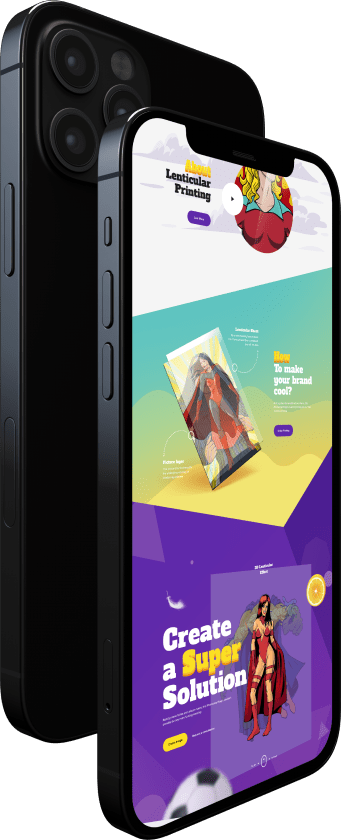Google Mobile First
Google is switching to a mobile-first index
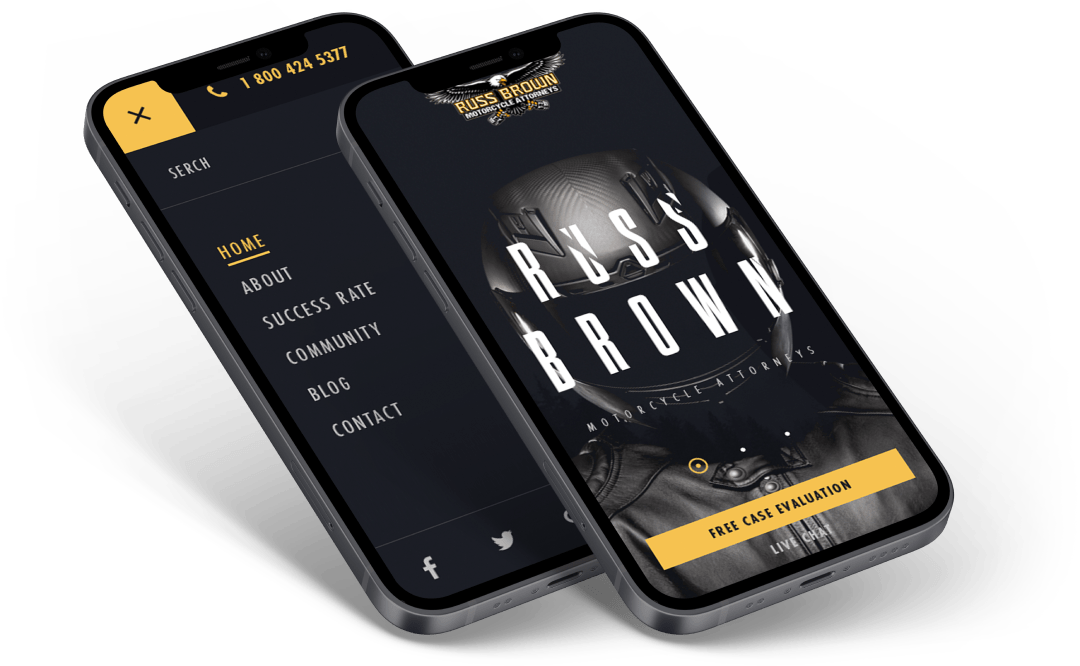

Why are Google doing this? It’s not because they don’t love you. It’s because the way people use the Internet is changing. Agencies with B2C clients report that as much as 85% of site sessions are on mobile devices. Even if your clientbase don’t use mobile devices as much, your site will be judged by Google’s crawlers on the strength of its mobile presentation.

Responsive Design
The very least you can do to be ready for the change is ensure your site uses responsive design principles– in other words, it adapts to be displayed on a smaller screen than average. Responsive sites use a few founding principles to be ready for a variety of screen sizes and different devices:
- A fluid site grid, with proportionate, not fixed measures
- Flexible text and image sizes
- Ensuring non-desktop devices can access all features of the site
- CSS media queries to define ‘breakpoints’ for design changes (essentially, what size screen triggers the ‘phone layout’ load or the ‘desktop layout’ load?)

General design tips on making static websites responsive include:
Defining default zoom
Setting the dimensions of fluid elements
Ensure images are scaled for screen size
Adapt breakpoints to be design-specific, not device-specific
Adapt font sizes and styles
Create a mobile menu
Note that differently-themed websites might have different structures, so not all of these will be applicable to every website.
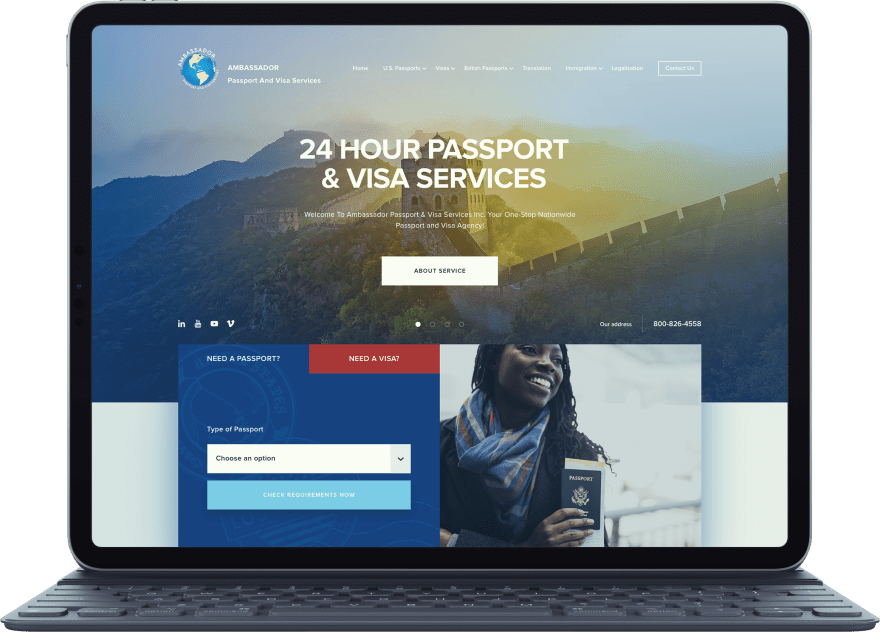
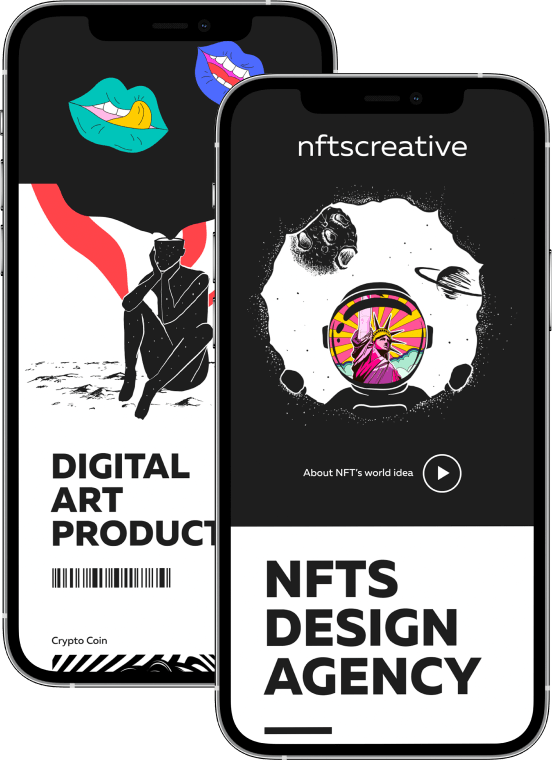
Invest in a mobile-optimized website builder
Mobile-optimized web design is simply investing in accessibility for your customers. More and more first impressions are made not through desktop screens, but through devices– that means it’s in your organization’s interest to ensure you’re putting your best foot forward online, regardless of how people are viewing your site.
However, simply having a well-designed and responsive website isn’t the only goal of mobile SEO optimization. Speed is even more crucial on devices than it is on desktops. Quick website loading reduces bounce rate, increases engagement, and ultimately results in more customer conversions.
Mobile-optimized content
The key to making mobile-friendly content is understanding user behavior and preferences, as well as available solutions. Most mobile users do not have the attention span that they might using other devices. That said, valuable content is valuable content, and if it’s engaging your visitors will consume it regardless. After all, people watch movies and TV shows and read extended articles on their phones every day.
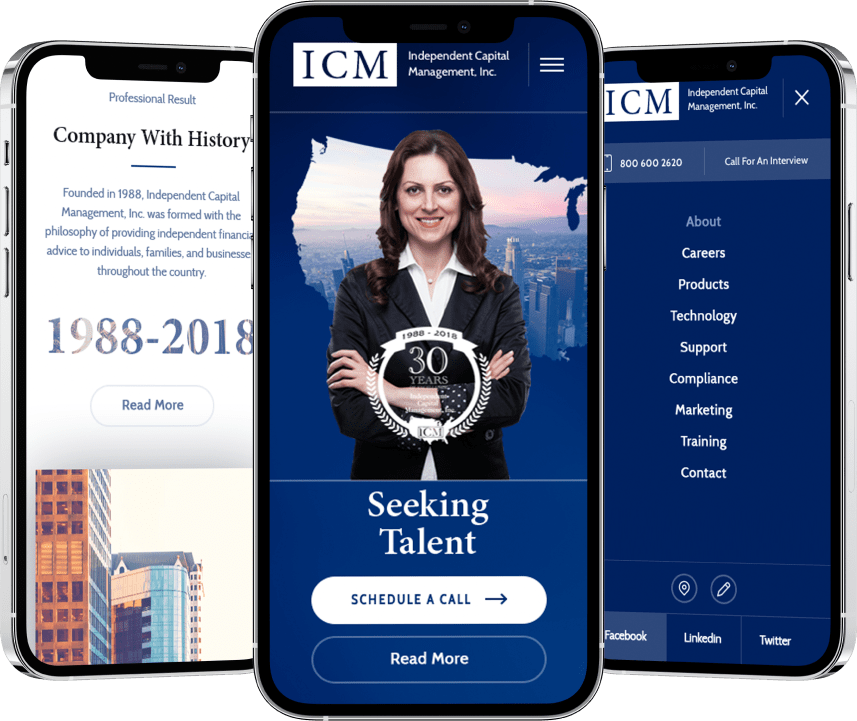
Mobile SEO
Mobile SEO is more than just lining up keywords and headers. Streamlining– taking down sluggish scripts and bloated content– is paramount. If your site takes more than three seconds to load on mobile devices, nearly half of users will try another site. Are you prepared to lose 40% of your impressions to a competitor because their site loads two seconds faster than yours on an iPhone?
Noxster SEO, a digital marketing firm has its finger on the pulse of optimal mobile UX. We can audit your web presence and propose changes to correct clunky code and get your site up to speed. We can also help you optimize your mobile UX so that you’re giving your users what they want, and not impeding their progress through your website with fiddly forms and other interactive elements designed without consideration for mobile users.
